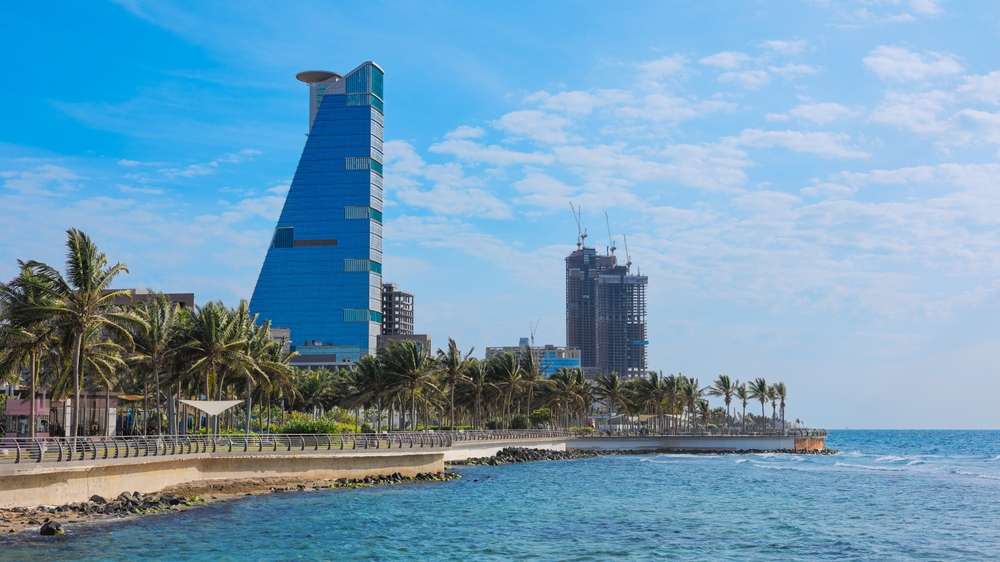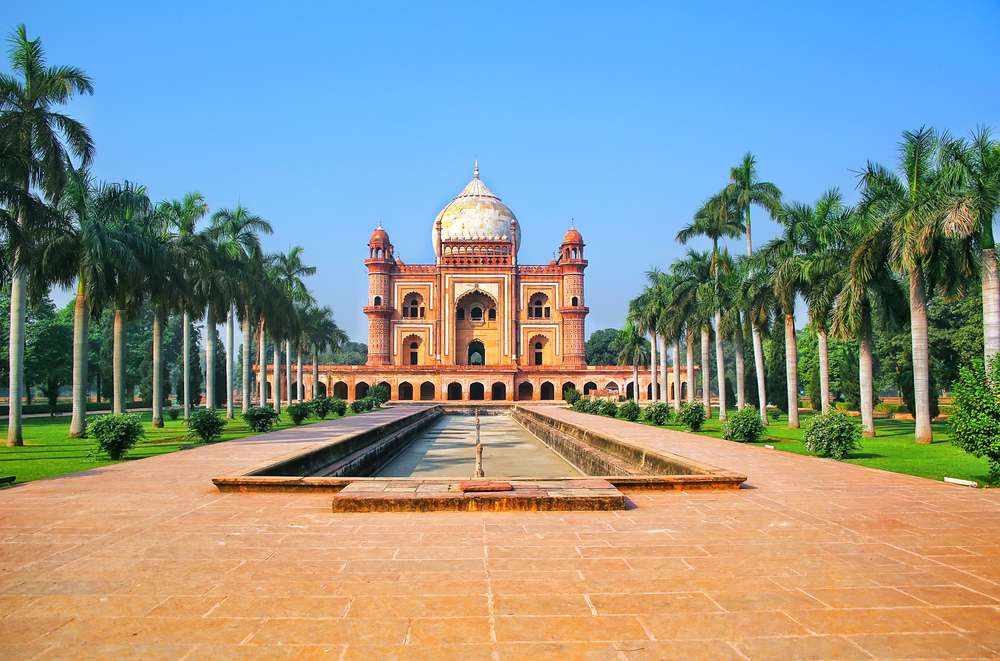The vast, sun-scorched deserts of Saudi Arabia hold a unique allure. These landscapes, with their endless dunes, dramatic rock formations, and rich cultural heritage, offer a visual journey that captivates and inspires. From the iconic Rub’ al Khali, also known as the Empty Quarter, to the lesser-known yet equally enchanting deserts, Saudi Arabia’s deserts are a testament to the raw beauty and resilience of nature. Here’s a detailed exploration of the majestic deserts of Saudi Arabia.
1. Rub’ al Khali: The Empty Quarter
Highlights:
- Immense Expanse: The Rub’ al Khali is the largest continuous sand desert in the world, stretching over 650,000 square kilometers across Saudi Arabia, Oman, the UAE, and Yemen. Its immense expanse of towering dunes creates a mesmerizing and otherworldly landscape.
- Dune Adventures: The vast dunes of the Empty Quarter are perfect for dune bashing, sandboarding, and camel trekking. These adventures offer a thrilling way to experience the desert’s beauty and solitude.
- Historical Significance: The Rub’ al Khali is steeped in history and legend. It’s believed to be the location of the ancient lost city of Ubar, often referred to as the “Atlantis of the Sands.” Exploring this desert allows one to connect with the region’s rich historical and cultural heritage.
- Star Gazing: The isolation of the Empty Quarter makes it one of the best places in the world for stargazing. With minimal light pollution, the clear night skies offer an unparalleled view of the stars, creating a magical and serene experience.
2. Al Nefud Desert: The Red Desert
Highlights:
- Striking Red Sands: Al Nefud, or the Great Nefud, is known for its striking red dunes. These dunes, sculpted by the wind, create a dynamic and ever-changing landscape that is visually stunning.
- Adventure Activities: The Al Nefud Desert is popular for off-roading, camel trekking, and camping. The rugged terrain provides a challenging yet rewarding experience for adventure enthusiasts.
- Cultural Encounters: The desert is home to Bedouin tribes, who have lived in the region for centuries. Visitors can experience the traditional Bedouin way of life, including their hospitality, music, and cuisine.
3. Ad-Dahna Desert: The Long Desert
Highlights:
- Golden Dunes: The Ad-Dahna Desert, often referred to as the “long desert,” features golden dunes that stretch in an arc from the An Nafud to the Rub’ al Khali. These dunes are particularly beautiful during sunrise and sunset when the light creates a play of colors on the sand.
- Flora and Fauna: Despite its harsh conditions, the Ad-Dahna Desert is home to various flora and fauna. The hardy plants and animals adapted to this environment, such as desert foxes and lizards, are a testament to nature’s resilience.
- Historical Routes: The desert has been a significant route for trade and pilgrimage for centuries. Exploring the ancient caravan routes and stopping at historical sites along the way provides insight into the region’s rich history.
4. Jubbah: Rock Art and Ancient Heritage
Highlights:
- Rock Art: The Jubbah region, located in the northern part of Saudi Arabia, is famous for its ancient rock art. These petroglyphs, some dating back over 10,000 years, depict scenes of hunting, wildlife, and daily life, offering a glimpse into the lives of early inhabitants.
- Archaeological Significance: Jubbah’s rock art sites are part of the Hail Region Rock Art, a UNESCO World Heritage site. The detailed carvings and inscriptions make it a significant archaeological and historical site.
- Natural Beauty: Beyond the rock art, Jubbah’s desert landscape features impressive rock formations and dunes. The combination of natural beauty and historical significance makes it a unique destination.
5. The Tuwaiq Escarpment: The Edge of the World
Highlights:
- Dramatic Cliffs: The Tuwaiq Escarpment, commonly known as the Edge of the World, is a dramatic limestone cliff that offers breathtaking views of the surrounding plains. The sheer drop and expansive vistas create a sense of awe and wonder.
- Hiking and Exploration: The area is popular for hiking, with trails that lead to various viewpoints along the escarpment. The rugged terrain and stunning scenery make it a rewarding destination for outdoor enthusiasts.
- Sunset Views: The Edge of the World is particularly spectacular at sunset when the changing light casts a golden glow over the landscape. The view of the sun dipping below the horizon is a truly unforgettable experience.
6. Al-Ula: A Hidden Gem
Highlights:
- Historical Sites: Al-Ula is home to several significant archaeological sites, including the ancient city of Hegra (Madain Saleh), a UNESCO World Heritage site. The rock-cut tombs and inscriptions provide a fascinating glimpse into the Nabatean civilization.
- Natural Formations: The Al-Ula desert is known for its unique rock formations, such as Elephant Rock and the Arch Rock. These natural sculptures, carved by wind and water over millennia, create a surreal and captivating landscape.
- Adventure and Culture: Al-Ula offers a blend of adventure and cultural experiences. Visitors can explore the desert on horseback or by 4×4, visit traditional villages, and participate in cultural events and festivals.
Conclusion
The deserts of Saudi Arabia are a treasure trove of natural beauty, adventure, and cultural heritage. From the vast dunes of the Rub al Khali and the striking red sands of Al Nefud to the dramatic cliffs of the Tuwaiq Escarpment and the ancient rock art of Jubbah, each desert offers a unique and captivating experience. Exploring these deserts allows one to connect with the raw beauty of nature, the rich history of the region, and the enduring spirit of its people. Whether you’re seeking adventure, tranquility, or a deeper understanding of the past, the majestic deserts of Saudi Arabia promise an unforgettable visual journey.
More articles: Exploring the Natural Wonders of Saudi Arabia


